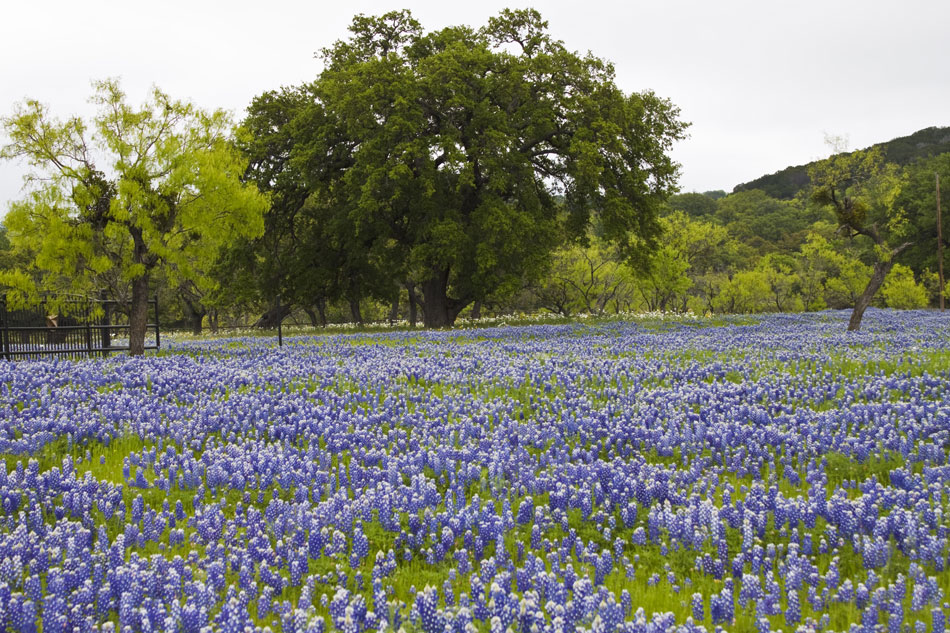Three Considerations Every Homeowner Should Know When Choosing Shade Tree Varieties
Whether you’re looking for one perfect type of shade tree or have several different spots in your yard for different types of trees, knowing what to look for is critical when you’re shopping for the best tree variety. Here are three considerations that should be at the forefront of your mind when researching shade tree types.
1. Safety for your sewer line, foundation, and asphalt or concrete
This factor is partly related to where you put the tree (and whether you install tree root barriers as needed), but the type of tree you choose also has a lot to do with it. You don’t want to leave your foundation, pipes, septic system, and driveway open to damage by tree roots.
If you have a septic system, don’t choose a tree such as a willow tree, which loves growing in wet spots and is excellent at hunting down water sources. Instead grow a tree that has a tidier, less wandering root system. You’ll still need to keep it away from your septic system, too.
2. Deciding between fast-growing versus long-lived varieties
Waiting for years and years before your trees get big enough to start earning their keep can be frustrating. But that doesn’t mean you should choose a tree just because it’s marketed as growing to a certain height within just a couple of years.
Fast-growing trees may reach their mature height so quickly because they have shorter lifespans overall, meaning you’d also need to replace them more often. And there could be a trade-off in stability as well. Faster-growing trees sometimes tend to grow with flaws in their wood and drop branches often. So if you think you can muster the patience, try going for one of the old standbys such as an oak when you want a long-lived tree, rather than choosing faster-growing varieties such as a Bradford Pear.
3. Differences in tree maintenance requirements
Evergreens, such as live oak trees, drop leaves year-round. Trees with weak wood or shorter-lived types may require more pruning or more cleanup after storms. Ginkgo trees can leave smelly piles of yellow fruit in your yard. If you want a tree that’s less work to maintain, a deciduous tree with tidy habits may be just what you need.
Check carefully into the specifics of the maintenance requirements of each tree you’re considering. Look for low-maintenance or carefree varieties, especially if the tree is going to be near a walkway or patio and you don’t want the area constantly covered in debris or stained by dropped fruit or walnut hulls.
These three considerations will help you make an informed and judicious decision in your quest to furnish your yard with shade trees or fruit and nut trees.






